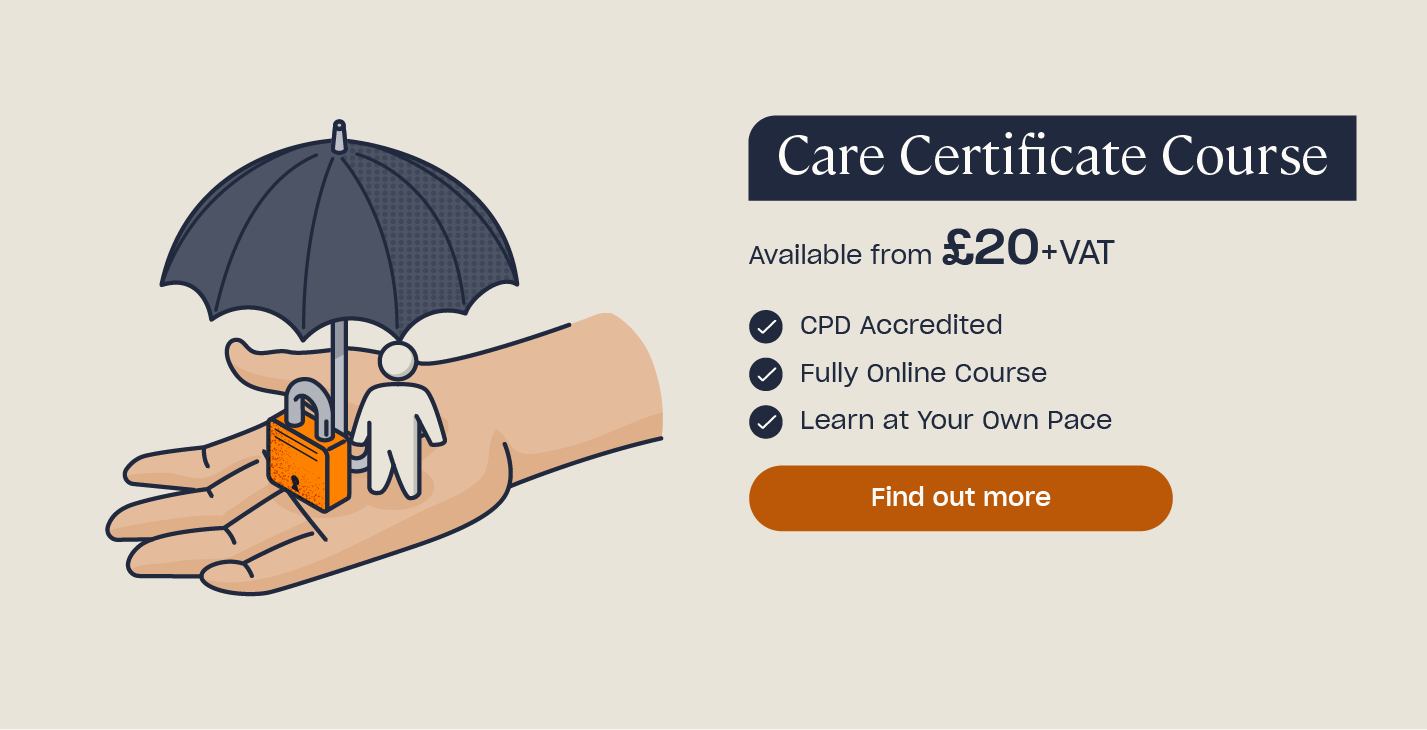Urinary Tract Infections in the Elderly: A Guide for Healthcare Professionals
Urinary tract infections (UTIs) are common amongst people of any age and gender, although they’re particularly common in women. As with any infection, the elderly can become more susceptible to additional complications, and have more specific causes and consequences than others. Understanding this is essential for anyone who has a responsibility for the care and wellbeing of the elderly.
In this article, we will primarily focus on UTIs in the elderly. We will cover some of the common causes of the infection, describe the symptoms they may present with and look at some of the ways UTIs can be prevented.
What is a Urinary Tract Infection?
Urinary tract infections (UTIs) affect your urinary tract, meaning they are not just specific to the bladder, but can involve multiple areas. The urinary tract includes your bladder, urethra or kidneys, meaning an infection may start in the bladder and travel to the kidneys and the tubes that connect them.
UTIs can be a singular occurrence, or people may suffer from repeated infections even after treatment has been given. These are known as recurrent UTIs, and may require a different approach to treatment or further investigations to take place. In some cases, a person may be diagnosed with a chronic UTI – one that results in persistent symptoms and a potential need for long-term antibiotics.

What Causes a UTI in the Elderly?
There are a variety of reasons why the elderly can be more susceptible to UTIs, with the most common including:
An inability to fully empty the bladder
Weaker bladder muscles can lead to a weaker flow of urine, making it harder to completely empty the bladder. Those with enlarged prostates, or certain conditions that affect the nervous system, can also find this difficult. Being unable to fully empty the bladder can cause a build of bacteria, leading to infection.
A weakened immune system
As we age, our immune system becomes weaker and our ability to fight off infections lessons. This, coupled with other age-related factors, increases the likelihood of suffering from a UTI in older age.
Continence issues
Having a urinary catheter can increase the chances of contracting a UTI, whether this be due to poor maintenance or hygiene or because an issue causes a backflow of urine from the bag back into the bladder. Those who require the use of an incontinence pad, for example, will have times where the urine and/or faeces they pass, remains close to the genital area, increasing the risk of bacteria forming and travelling to the bladder and beyond. To learn more about continence care in health and social care, take a look at our article.
Want to Learn More?
All care and support provided to those at risk of UTIs, should always be person-centred, with the person’s dignity being respected at all times. Take a look at our Ensuring Human Dignity and Respect article, or check out our catalogue of Safeguarding Training Courses.
Inability to maintain hygiene
Many elderly people struggle with mobility issues, health conditions, frailty and cognitive decline. All of these can lead to an inability to maintain good levels of personal hygiene. Personal care and incontinence is a sensitive topic for many that can often lead to a person hiding the full extent of their issues. Consequently, they don’t receive the care and support they need.
A lack of fluids
Not drinking enough fluid is a big issue amongst the elderly and one the health and social care sector are continuously trying to combat. A lack of fluid contributes to an increasing risk of dehydration, UTIs, constipation, confusion and a host of unpleasant symptoms. For more information on this key topic, take a look at our article: ‘How to Combat Dehydration in Health and Social Care’.
It is important to consider each individual’s circumstances and tackle any factors present that could increase their risk of developing a UTI.

UTI Symptoms in the Elderly
For those working in health and social care or caring for someone in advanced years, you should be mindful of the signs and symptoms of a potential UTI. Even mild symptoms should be addressed with urgency to avoid any worsening or spread of the infection.
According to the NHS, the most common symptoms of a UTI can include:
- A burning sensation or pain when passing urine.
- A more frequent need to urinate.
- A need to pass urine more frequently at night.
- A greater urgency to urinate than normal.
- Passing cloudy urine or blood.
- Pain in the back, just under the ribs or in the lower abdomen.
- A high temperature – feeling hot and shivery.
- A temperature below 36C.
- Passing dark urine and/or urine with a strong smell.
These symptoms can present themselves in a person of any age, but additional symptoms can be present when an elderly person is affected. Many older people experience issues with their cognitive abilities, such as their memory and concentration, as is the case with dementia. These individuals, and those who have a urinary catheter in place, have an increased likelihood of experiencing delirium.
Delirium can be a telling sign that a UTI may be present as it can cause a significant change in a person’s level of confusion, their behaviour and can lead to an increase in agitation. This is likely to stand apart from any usual signs of dementia or cognitive impairment. An elderly person may also have uncharacteristic incidents of incontinence, or for those who are already experiencing some incontinence, this may become worse. Finally, the NHS states that new shivering and shaking, known as rigors, can also be a symptom of a UTI being present in the elderly.

UTI Prevention in the Elderly
With the right care and support, many UTIs can be prevented amongst the elderly. By following some basic do’s and don’ts, risk can be reduced.
Do
- Ensure good toileting practice by wiping from front to back.
- Keep the genital area clean and dry – for those providing care, ensure regular pad changes and/or appropriate continence care.
- Drink adequate fluids and take appropriate steps to prevent dehydration.
- Maintain good hygiene before and after sex.
Don’t
- Use soaps or scented products that could cause irritation.
- Hold your urine in if you feel you need to go.
- Only partially empty your bladder if you have the ability to fully empty it.
- Wear tight underwear or non-breathable fabrics.
- Drink large amounts of alcohol.
- Eat or drink large amounts of sugar as it can encourage bacteria growth.

Preventing UTIs in the elderly can involve a multi-prong approach and it is important to see the whole picture to understand how best to support an individual. For example, many older people purposefully drink less fluids to avoid having an accident if they cannot make it to the toilet in time. This in turn may lead to additional support being provided for their mobility, or by providing a commode or continence aid.
Understanding how UTIs can present themselves in older people and how they can be prevented, is vital for anyone responsible for their care and wellbeing. By following some of the advice within this article and utilising the expertise of those within the health and social care sector, the risk of UTIs can be reduced for many.
Further Resources:
- Care Certificate Training Course
- Dehydration in Health and Social Care
- What is Person-Centred Care and Why is it Important?
- Continence Care
- Malnutrition in the Elderly







